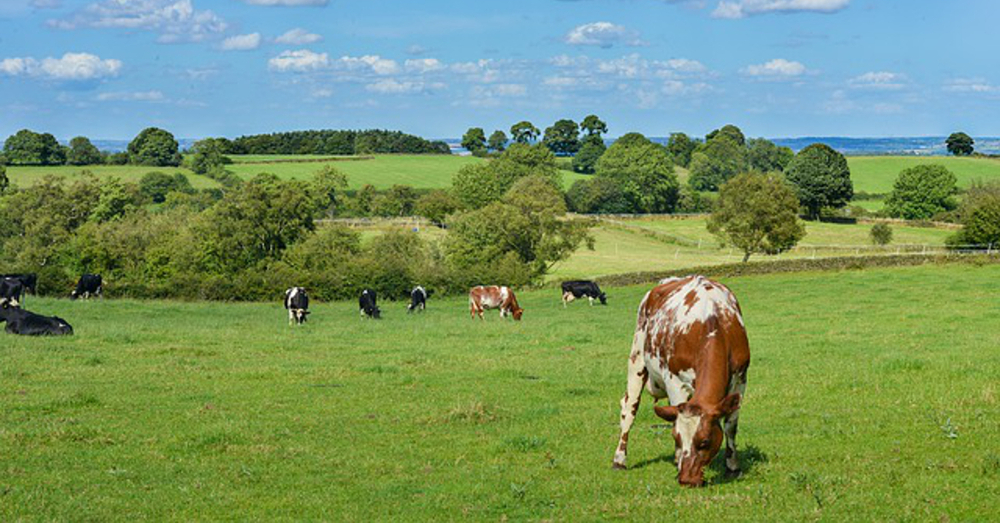
A Crucial Climate Mystery Is Just Under Our Feet
What Jonathan Sanderman really wanted was some old dirt. He called everyone he could think of who might know where he could get some. He emailed colleagues and read through old studies looking for clues, but he kept coming up empty.
April 11, 2017 | Source: Grist | by Nathanael Johnson
What Jonathan Sanderman really wanted was some old dirt. He called everyone he could think of who might know where he could get some. He emailed colleagues and read through old studies looking for clues, but he kept coming up empty.
Sanderman was looking for old dirt because it would let him test a plan to save the world. Soil scientists had been talking about this idea for decades: farmers could turn their fields into giant greenhouse gas sponges, potentially offsetting as much as 15 percent of global fossil fuel emissions a year, simply by coaxing crops to suck more CO2 out of the air.
There was one big problem with this idea: It could backfire. When plants absorb CO2 they either turn it into food or stash it in the ground. The risk is that if you treat farms as carbon banks, it could lead to smaller harvests, which would spur farmers to plow more land and pump more carbon into the air than before.
Back in 2011, when Sanderman was working as a soil scientist in Australia (he’s now at Woods Hole Research Center in Massachusetts), he’d figured out a way to test if it was possible to produce bumper crops on a piece of land while also banking carbon in it. But first, he needed to get his hands on that really old dirt.
Specifically, he needed to find a farm that kept decades of soil samples and precise records of its yields. That way he could compare the amount of carbon in the soil with the harvest and see if storing carbon kneecapped production.
Sanderman’s office was in the southern city of Adelaide, directly across the street from the Waite Agricultural Research Institute. The researchers there supposedly had the soil and records that Sanderman needed, dating back to 1925. But no one had any idea where to find the dirt. After numerous dead ends, a chain of clues led Sanderman into the basement of a big research building down the road, covered in greenhouses.
